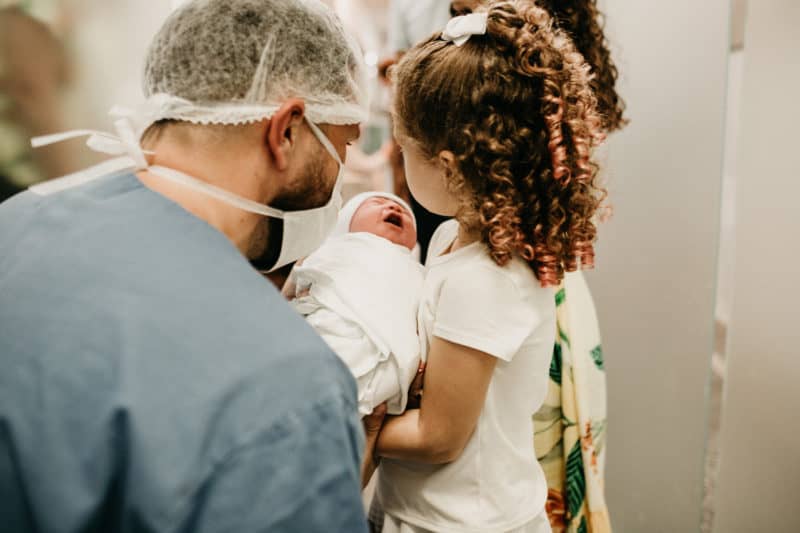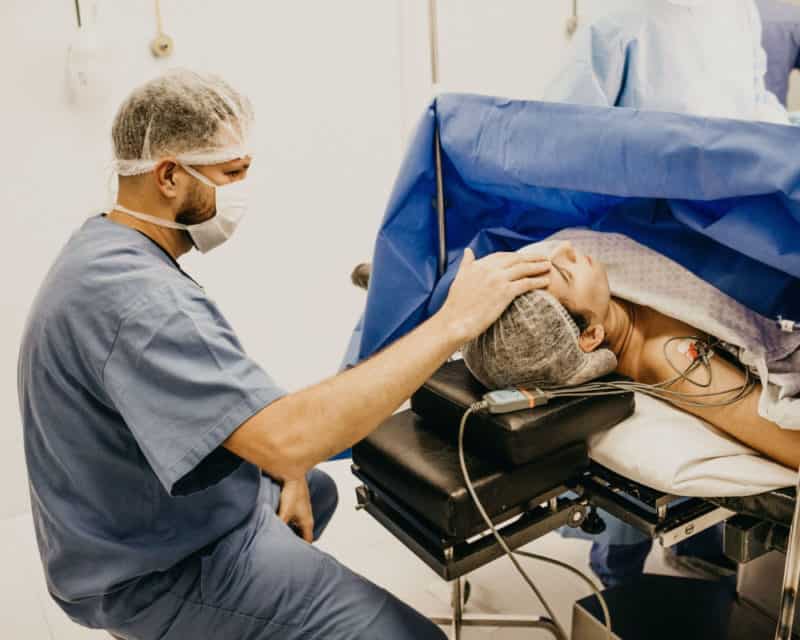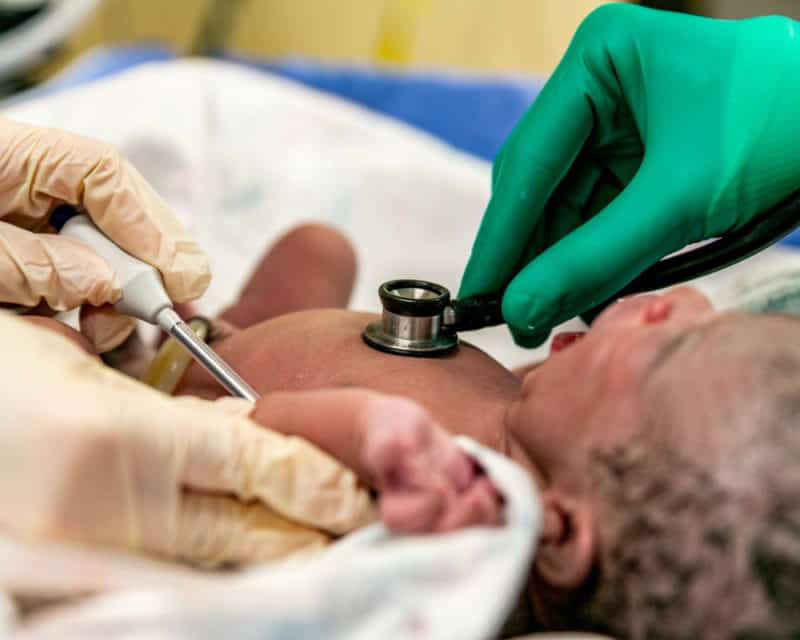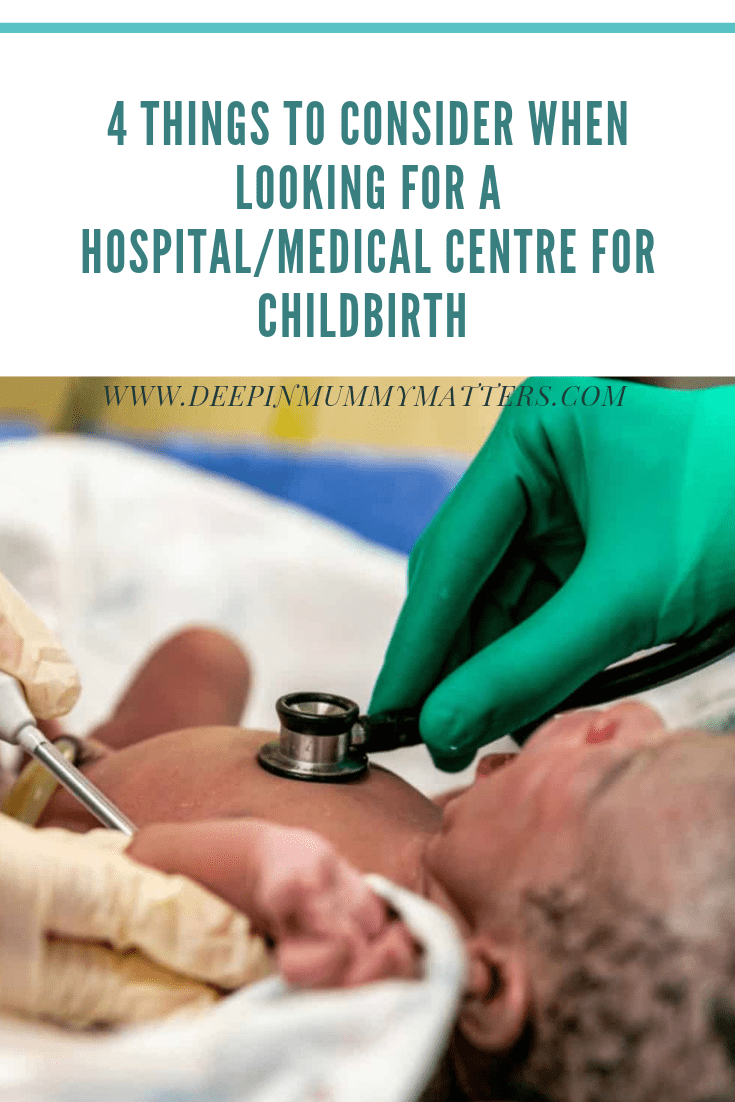Choosing the best or most viable option for a maternity hospital should not be taken lightly, considering childbirth is emotional, personal, practical, and educational.
Conducting research on your own and making inquiries can give you a lot of insights that aid in helping you make an informed decision – one that you find comfortable regarding your child’s birth.

An apparent reason is where you live since you’re not going to go out to a hospital that’s an hour’s drive away while having contractions.
What to consider when looking for a hospital/medical centre for childbirth
But there are many more factors to consider when choosing your desired hospital. Some of them are highlighted below.
1. Quality Metrics
Public data on maternal and fetal outcomes is increasingly available in this digital world from legit maternity hospitals.
However, if you are unable to find it or don’t know exactly what you’re looking for, here are some pointers:
C-Section Rate

As all evidence points towards that direction, vaginal deliveries come with less risk and a higher chance of success for both the mother and the baby.
To assess the quality of a potential maternity hospital, ask around or search records if the rate is high or low and decide accordingly.
VBAC Rate
A common assumption is that once a woman delivers their first baby through a C-Section, all subsequent babies will be born similarly. On the contrary, vaginal birth is possible after a cesarean section.
The term ‘VBAC’ signifies vaginal birth after cesarean, which implies that the hospital has multiple successful VBACs, making it a good choice if the VBAC rate is high. However, there are risks of birth injuries.
To prepare yourself if you choose the VBAC route and unfortunately encounter a birth injury, you should immediately contact the Birth Injury Justice Center, as they can provide legal information and advice regarding situations such as these.
Early Elective Delivery Rate

This occurs when there are scheduled cesarean sections or induced labour before the gestation of 39 weeks, without medical aid. Hospitals must report such things, which are a major red flag for a good maternity hospital.
Episiotomy Rate
A high episiotomy rate is another red flag. It is a procedure where a surgical cut is made to the vagina. Something that should not go through unless the situation is highly critical.
Choosing Your Maternity Care Provider
Ultimately, where you give birth is closely related to your physician or midwife. People often base their decision on choosing a hospital where they find a maternity care provider they feel comfortable with.
But to give you a clearer picture, you need to surround yourself with professionals who listen to your fears, concerns, and wants and advise you to keep those things in mind, providing you with options that are medically appropriate for you.
There are specific questions that you need to ask:
- Does the hospital/ medical facility have maternal-fetal medicine specialists or perinatologists? Especially for women with pregnancy aspects that put them in a high-risk category.
- Does the facility provide alternative delivery and labor experiences besides traditional physician-led care?
- Do they have group prenatal care? Some hospitals set up programs that allow expectant mothers at various pregnancy stages to receive prenatal education.
2. Birthing Experience

Other factors to include and questions to ask that concern labour and birth choices are:
- Going on a unit tour. This may be physical or virtual, depending on the COVD-19 situation in your area. Before choosing your delivery setting, it won’t hurt to familiarize yourself with it.
- What kind of pain medication, if any, does the hospital offer apart from epidurals? Does the facility have a satisfactory amount of OB anesthesiologists, as you’ll receive the epidural reasonably quickly? Are alternatives like nitrous oxide available for the management of pain?
- What positions are suitable when you’re in labor? Will it be better to walk or lie down?
- Does the hospital have apparatus like birthing balls or tubs? These are comfort items that may relax the mother and enable them to get in more comfortable labor positions.
3. NICU and Emergency Capabilities

If you are in danger of a high-risk pregnancy, or if your baby is likely to be in neonatal intensive care after delivery, you should consider looking into some things:
- Are there anesthesiologists and pediatricians available 24/7?
- Are transfusions available around the clock?
- Are there private rooms in the NICU?
4. Breastfeeding Support

It is essential nutrition for babies but a learning event for inexperienced mothers. It would be a plus to have board-certified (internationally) lactation consultants in the support team of your chosen hospital.
Baby-friendly facilities are also a viable option. These hospitals and birthing centres have high standards for assisting and facilitating breastfeeding as soon as the delivery is over.
Final Words
Remember that your health and your babies are of the utmost importance. Therefore, before choosing any medical facility for giving birth, you should carefully consider these factors to ensure complete safety and security.

